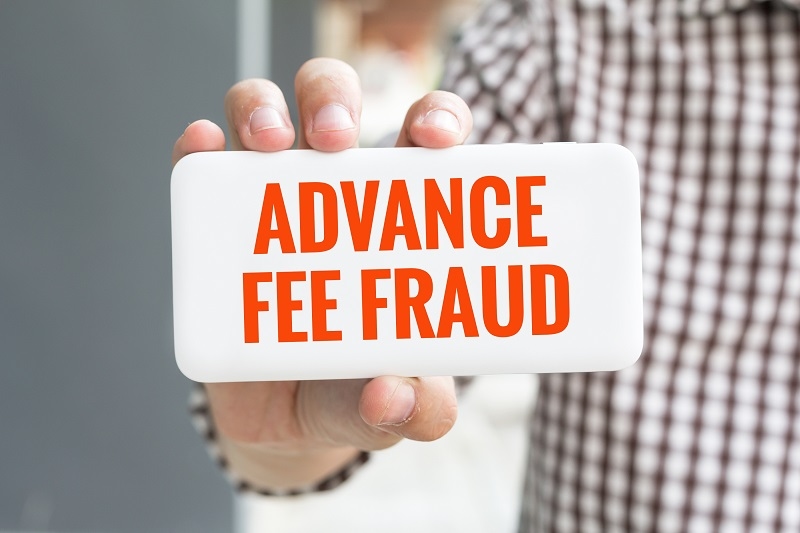
Personal loans in 2025 are more in demand than ever before. With the click of a mouse, individuals can obtain loans online to pay off debt, finance unexpected expenses, or cover up-front costs on a high-ticket item. But with this increase in online lending comes a disturbing trend—personal loan scams are growing at a lightning-fast rate, too.
If you're seeking a loan, getting on top of things is more crucial than ever. Thieves are employing newer methods to cheat even the most vigilant borrowers. This article will explain how personal loan scams 2025 work, how to recognize them, and how to safeguard yourself.
A personal loan scam is when a pretender lender tricks a victim out of money or their personal details. Either the pretender offers a nonexistent loan or is supposed to be an actual lending institution. Their aim is to steal your identity, your funds, or both.
With more and more individuals seeking online loans, there are scammers now employing email, social media, and imitation websites in an attempt to get to the victims. In 2025, these scams are becoming even more difficult to detect since they will practically mirror authentic loan offers.
Reasons why personal loan scams 2025 are on the rise in 2025 include:
Knowing how to recognize it will spare you from getting caught off guard. These are the most prevalent loan fraud indicators of 2025:
Genuine lenders never demand your income and credit history before approving you. If a lender offers guaranteed approval to "everyone" without verification, then the scam is on.
They usually require you to pay them first before they give you the loan. They may term it a processing fee, insurance, or tax. Genuine lenders do not ask you for money first.
If someone is rushing you to make a decision or tells you that the offer will expire in a matter of hours, beware. It is one of the scams that does not give you time to think.
Unscrupulous lenders also like to hide behind websites with no phone number or business address. If contact information appears to be fictional or the company is difficult to contact, that's a warning sign.
Beware of lazy misspellings, unusual email addresses, or dodgy responses to your inquiries. These are usually signs of a scam company.
Protect yourself by being cautious. Below are some simple steps to avoid falling into the trap of dishonest lenders while taking a personal loan:
Always search the lender's name on the internet. Check if they're registered with the finance authority of your country. Read reviews, complaints, and news articles to ensure they're real.
Thieves usually make websites that look similar to real ones. Compare for slight differences in the web address. Secure sites begin with "https://" and have a lock icon next to the address space.
Real lenders are open. Ask for the loan agreement in writing. If they continue avoiding your questions, leave.
Do not send your Social Security number, bank information, or ID over unsecured media. A good loan application process will always employ the services of encrypted forms.

There are numerous tricks that scammers employ based on the individual they are targeting. Some of the most typical personal loan scams 2025 include the following:
They appear similar to real lenders but are scams. You provide your information and even receive a "loan offer,” but their intention is to get your personal information.
You're requested to pay a prepay fee in order to unlock your loan. When you send money, the lender vanishes. You never receive the loan, and your money vanishes.
They appear to be from an actual lender, requesting that you click on a link. The link leads you to an imitation page or downloads malware on your phone.
Scammers run ads or message people offering “instant loans.” They might pretend to be from known banks or fintech companies. Always verify before clicking.
If you’re looking to borrow money safely, follow these scam alert tips to protect yourself:
When applying for a loan, your personal and financial data should be handled with care. Here’s how to ensure you’re submitting a secure loan application:
Stick to well-known banks, credit unions, or certified loan comparison sites. These platforms use encryption to keep your data safe.
If you are signing up at a lending site, choose a good new password. Never reuse the password of another site.
When available, always enable 2FA. This gives an added layer of protection to secure your loan application from hackers or scammers.
Save copies of the loan terms, your application confirmation, and any messages exchanged. If you’re scammed, these can be helpful for reporting it.
As online lending continues to grow, protecting your digital space is more important than ever. Here are a few online lending safety tips for 2025:
Despite caution, you could still be scammed. If you believe that you're the victim of a 2025 personal loan scam, do the following:
Personal loans have never been easier to obtain in 2025, but that works in the favor of thieves as well, who can steal from you more conveniently. If you're borrowing loans to attend college, purchase a car, or even for short-term emergency payments, familiarize yourself with lenders and safeguard your information.
You should never lag behind fake lenders by staying alert against loan scam warning signals and undergoing simple scam warning processes. Employ only safe lending apps and intelligent measures to make online lending secure.
This content was created by AI